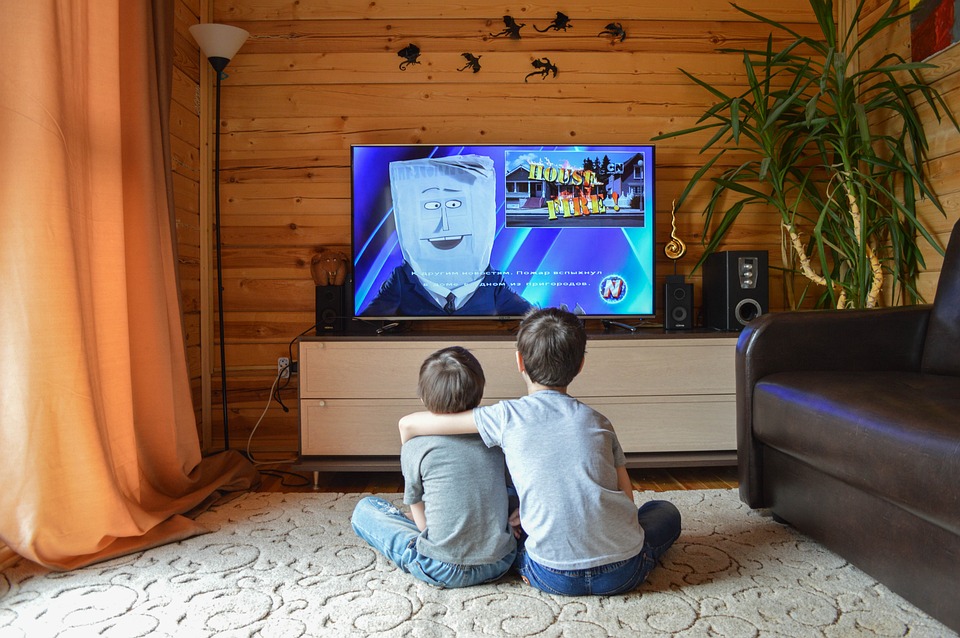The Rise of Female Television Hosts: Breaking the Glass Ceiling
In recent years, we have seen a significant increase in the number of female television hosts breaking through the glass ceiling and making their mark in the industry. From talk shows to news programs, women are taking over the small screen and proving that they are more than capable of holding their own in front of the camera. This trend is not only empowering for women in media, but it also sends a powerful message to audiences around the world about the importance of gender equality and representation in the media landscape.
Breaking Barriers in the Industry
Historically, the television industry has been dominated by male hosts. For decades, it was rare to see a woman in a prominent hosting role, and those that did make it to the top often faced discrimination, sexism, and harassment in the workplace. However, in recent years, there has been a noticeable shift in the industry, with more and more women breaking through the glass ceiling and landing high-profile hosting gigs.
One of the most notable examples of this trend is the rise of female late-night hosts. In the past, late-night television was a boys’ club, with hosts like Johnny Carson, David Letterman, and Jay Leno dominating the scene. However, in recent years, we have seen a wave of female comedians breaking into the late-night world and hosting their own shows. From Samantha Bee to Lilly Singh, these women are proving that they can be just as funny, insightful, and entertaining as their male counterparts.
Changing the Narrative
The rise of female television hosts is not just about breaking barriers in the industry, it is also about changing the narrative. For too long, women in media have been relegated to supporting roles or seen as eye candy, rather than being given the opportunity to shine in their own right. However, with the rise of female hosts, we are starting to see a shift in how women are portrayed on television.
Female hosts are bringing new perspectives and voices to the table, and they are tackling important issues that affect women and marginalized communities. From Ellen DeGeneres using her platform to promote kindness and acceptance, to Rachel Maddow breaking down complex political issues on her show, these women are proving that they are more than just pretty faces – they are intelligent, talented, and powerful voices in the media landscape.
Inspiring the Next Generation
One of the most powerful aspects of the rise of female television hosts is the impact it is having on the next generation. Young girls who watch these women on screen are seeing themselves represented in a way that was not possible just a few years ago. They are seeing women who look like them, who think like them, who have similar experiences and struggles, and who are succeeding in a male-dominated industry.
This representation is empowering for young girls, showing them that they can aspire to be anything they want to be – whether that is a talk show host, a news anchor, a comedian, or anything else they dream of. It is inspiring a new generation of female leaders and changemakers, who are not afraid to break through barriers and shatter glass ceilings in their pursuit of success.
Conclusion
The rise of female television hosts is a powerful and inspiring phenomenon that is reshaping the media landscape and breaking down barriers that have long held women back in the industry. From late-night comedians to daytime talk show hosts, women are proving that they are just as talented, capable, and entertaining as their male counterparts, and they are paving the way for a more diverse and inclusive media landscape.
As we continue to see more and more women taking on prominent hosting roles on television, we are witnessing a shift in the narrative and the representation of women in media. This shift is empowering for women in the industry, inspiring for audiences around the world, and transformative for the next generation of female leaders and changemakers. The rise of female television hosts is not just breaking the glass ceiling – it is shattering it into a million pieces, paving the way for a more equitable and inclusive media landscape for all.


